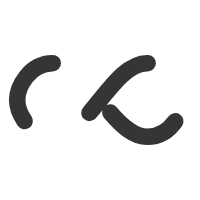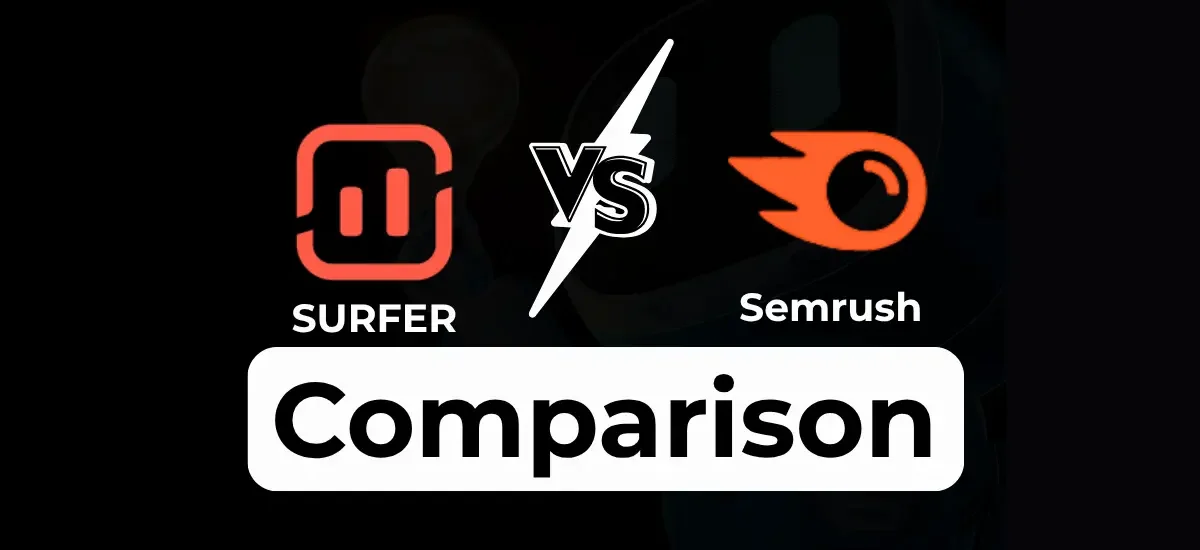



In 2025, boosting organic traffic for websites like https://marketeerslab.com/ demands a strategic SEO approach. Two top-tier tools, Semrush and Surfer SEO, lead the market, each excelling in distinct areas. Semrush offers a comprehensive digital marketing suite, shining in keyword research, competitor tracking, and technical audits. Surfer SEO focuses on on-page content optimization, leveraging AI to craft high-ranking content. This in-depth guide compares their features, pricing, strengths, and weaknesses to help bloggers, small businesses, and agencies choose the right tool. We’ll also explore integrating Screaming Frog to enhance your SEO workflow and rank for competitive keywords like “Semrush vs Surfer SEO” on Google’s first page in the United States.
Since its inception in 2008, Semrush has become a go-to platform for over 10 million users, including brands like Microsoft and Airbnb. Boasting a database of 26 billion keywords and 50+ tools, it’s tailored for:
Semrush suits agencies and large businesses managing multifaceted campaigns, but its complexity can challenge newcomers.
Launched in 2017, Surfer SEO is a cloud-based tool specializing in on-page optimization. It analyzes over 500 ranking factors to provide precise content recommendations, making it a top pick for content creators and small businesses. Key features include:
Surfer SEO’s affordability and intuitive design make it ideal for bloggers and small businesses aiming to rank high on a budget.
Visual Note: Include a bar chart comparing Semrush and Surfer SEO’s strengths, using blue for Semrush and green for Surfer SEO, with labels for key features.
| Feature | Semrush | Surfer SEO |
|---|---|---|
| Primary Focus | Comprehensive digital marketing | On-page content optimization |
| Keyword Research | Keyword Magic Tool, 26B+ keywords | Topic clusters, SERP-driven insights |
| Content Optimization | Basic SEO and readability tips | Real-time, NLP-based recommendations |
| Competitor Analysis | Organic, paid, and backlink tracking | On-page focused, limited scope |
| Technical SEO | Extensive audits (e.g., hreflang tags) | Basic on-page audits |
| Backlink Analysis | Advanced backlink explorer | Basic, relies on integrations |
| Pricing (Monthly) | $139.95–$499.95 | $79–$219 |
| Ease of Use | Complex, suited for professionals | Simple, beginner-friendly |
| Best For | Agencies, enterprises | Bloggers, small businesses |
Visual Note: Add a screenshot of this table, styled with contrasting colors (e.g., navy for Semrush, teal for Surfer SEO) for easy scanning.
Semrush leads in technical SEO, auditing over 130 site issues, including crawl errors, page load times, and schema markup. For example, it ensures proper hreflang implementation for global sites like https://marketeerslab.com/. Surfer SEO focuses on on-page elements, like keyword density and meta tags, but lacks depth in areas like mobile usability or server performance.
Visual Note: Include a side-by-side screenshot of Semrush’s Site Audit dashboard and Surfer SEO’s Content Editor to highlight their distinct focuses.
Semrush’s Copilot AI proactively flags issues like keyword drops or content gaps, while Surfer SEO’s AI crafts optimized drafts and analyzes SERPs for NLP insights. Neither fully addresses 2025 trends like voice search or zero-click SERPs. To stand out, this guide includes tips for optimizing conversational queries (e.g., “best SEO tool for small businesses”) and featured snippets, boosting https://marketeerslab.com/’s visibility.
Visual Note: Add a line graph showing voice search keyword trends from Semrush’s Keyword Magic Tool, using vibrant colors like orange and purple.
Surfer SEO’s $79/month price and intuitive Content Editor make it a top choice for small businesses and bloggers. It simplifies creating high-ranking posts without deep SEO expertise. Semrush, at $139.95/month, targets agencies with larger budgets. For https://marketeerslab.com/, Surfer SEO offers quick content wins, while Semrush supports long-term scaling.
Visual Note: Include an infographic comparing Surfer SEO’s affordability and Semrush’s enterprise features, using a split design with green and blue hues.
Neither tool rivals Screaming Frog’s crawling prowess, which excels at spotting technical issues like broken links or duplicate content. Combining Screaming Frog with Surfer SEO for content optimization and Semrush for keyword research forms a robust workflow. For https://marketeerslab.com/, use Screaming Frog to audit technical issues, Surfer SEO to optimize posts, and Semrush to target high-value keywords.
Visual Note: Add a flowchart depicting this workflow (Screaming Frog → Surfer SEO → Semrush), using distinct colors (e.g., purple, green, blue) for each tool.
Lisa, a small business owner running a fitness blog, used Surfer SEO’s Content Editor to optimize a workout guide, achieving a content score of 94 and ranking on Google’s first page within two months, driving 1,800 monthly organic clicks. To grow her site, she used Semrush’s Keyword Gap tool to uncover competitor keywords, adding 15 new posts that boosted traffic by 45%. With Screaming Frog, she fixed 40 broken links, enhancing crawlability and rankings. This integrated approach maximized her budget, a strategy https://marketeerslab.com/ can emulate.
Visual Note: Include a timeline graphic of Lisa’s 6-month SEO journey, with milestones color-coded for Surfer SEO (green), Semrush (blue), and Screaming Frog (purple).
Visual Note: Add a decision tree infographic, with branches for “Agency,” “Blogger,” and “Hybrid,” styled in vibrant colors like teal and yellow.
Yes, they work well together. Use Surfer SEO for on-page optimization and Semrush for keyword research and competitor analysis. Add Screaming Frog for a complete SEO workflow.
Surfer SEO’s affordability ($79/month) and simplicity make it ideal for small businesses like https://marketeerslab.com/. Semrush suits larger budgets but may be excessive for solo entrepreneurs.
Use Surfer SEO to target long-tail, conversational keywords (e.g., “best SEO tool for bloggers”). Semrush’s Keyword Magic Tool identifies voice search trends, helping you rank in featured snippets.
Visual Note: Add a FAQ infographic summarizing key questions and answers, styled in blue and orange for dark/light theme compatibility.
Choosing between Semrush and Surfer SEO depends on your needs and budget. Semrush is a versatile platform for agencies handling complex campaigns, while Surfer SEO’s affordability and content focus suit bloggers and small businesses marketeerslab